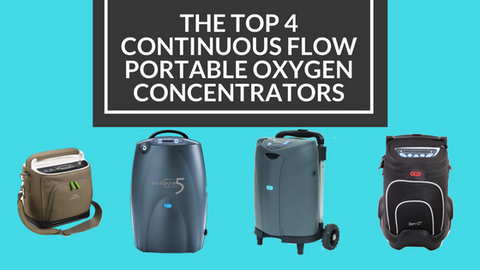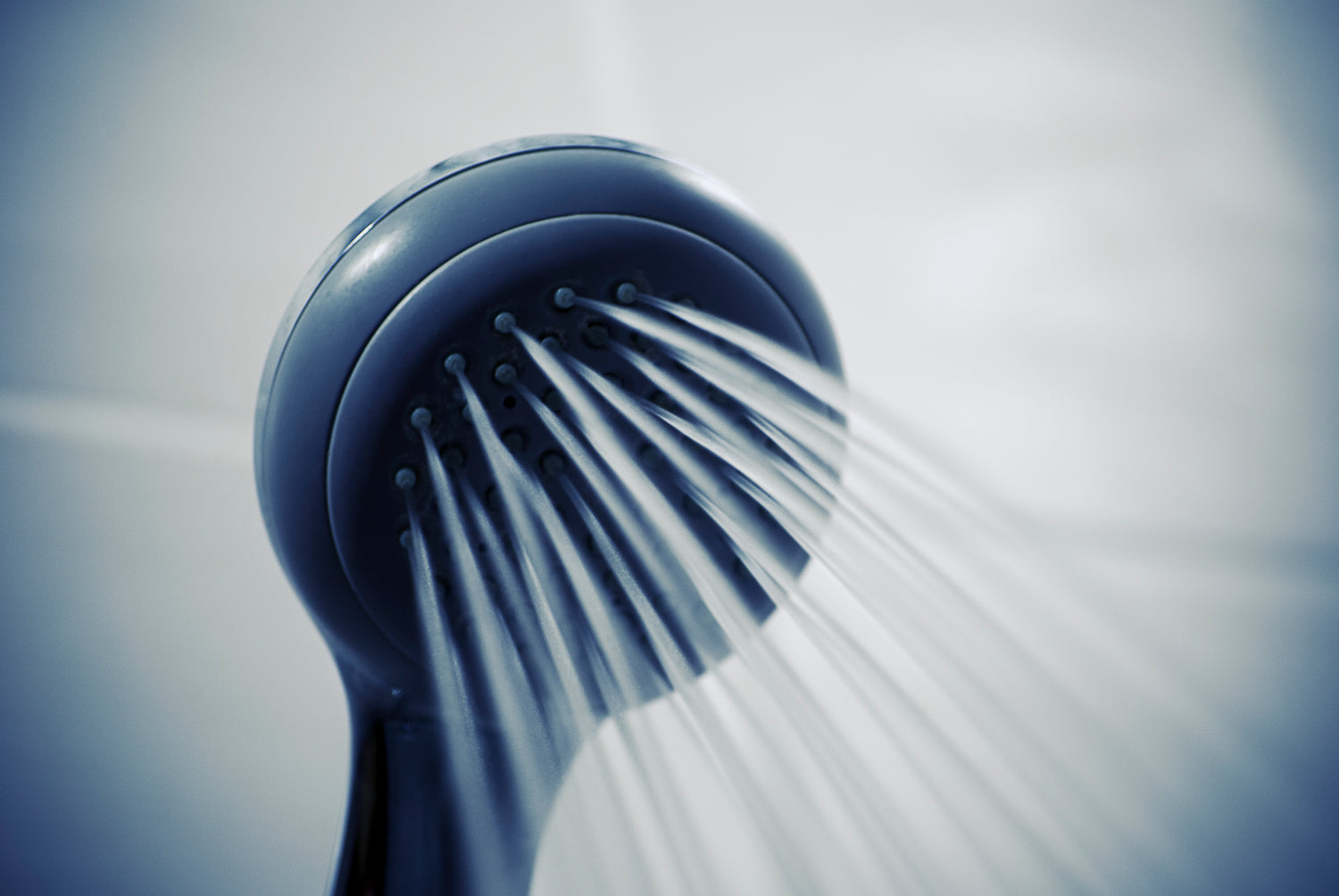Respiratory Resource Center - LPT Medical
The Top 4 Continuous Flow Oxygen Concentrators
When you depend on supplemental oxygen to keep you...
Read MoreHow to Better Manage Your COPD Symptoms in the Summer
There's always so much to look forward to during...
Read MoreHow To Breathe Easier With Your Allergies And COPD
Allergy season is a nuisance for anyone who suffers...
Read More

